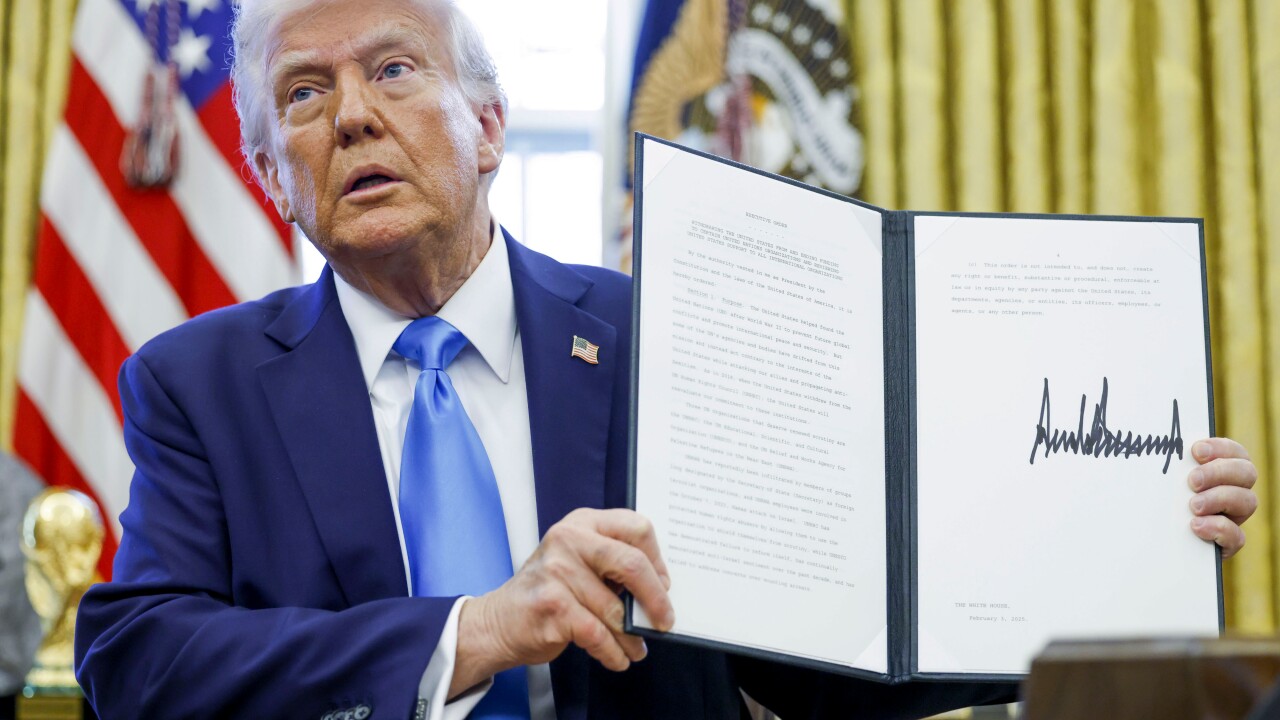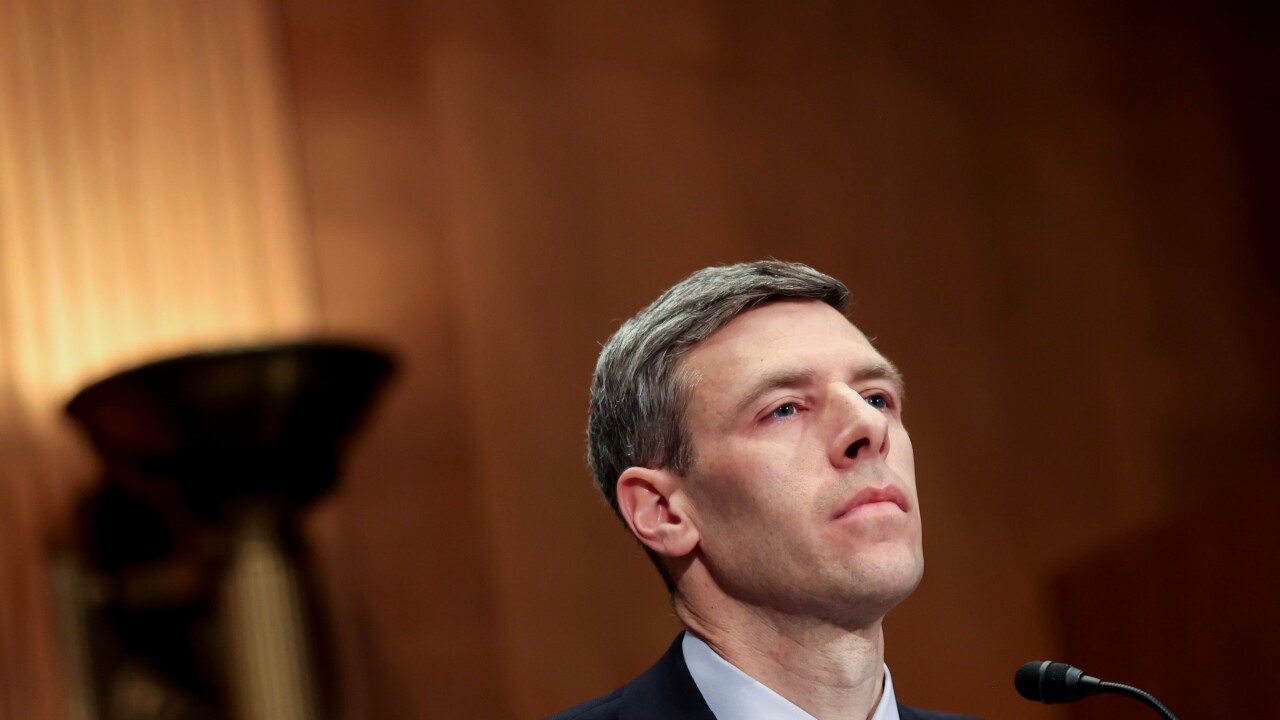When eBay and PayPal
PayPal's Braintree unit is reporting exponential payments growth and is coming off a series of pivotal deals in social networking and app collaboration.
And it doesn't seem to be losing any momentum.
"There's still a gap between shopping and payment execution on mobile," said David Nunn, the head of Braintree in Europe, who hopes Braintree's low-navigation payment technology and access to social networks can fill that gap.
As the acquisition nears its third anniversary, it would appear Braintree's role in the economy's broader trend toward app-driven commerce is paying off.
"With a tornado of consumers moving to mobile as their primary computing device, it's inconceivable that they would still be uncomfortable buying on these devices," Nunn said, adding that urgency in the industry to get on board with mobile is driving Braintree's approach to merchant services.
"If consumers are on a device that they want to use and you are making them enter all kinds of information to make a purchase, you're just putting up barriers," Nunn said, adding that even the larger screen real estate on newer smartphones is still too small to comfortably enter a barrage of PINs, account numbers and shipping addresses to make a purchase.
Because digital services are often locally and globally scalable in a way that traditional commerce is not, dramatically accelerated growth is feasible, said Rick Oglesby, founder and president of AZ Payments Group. "So we'll see more and more unicorns and overnight phenomena and the payment companies that have positioned themselves to ride the wave can experience exceptional growth," Oglesby said.
It's pruning the extra navigation where Braintree will look for its next growth spurt. While consumers are turning to mobile in droves for shopping, merchants are turning them away with poor navigation, according to
Meiser pointed to research that shows merchants are missing an opportunity to turn mobile shopping into a revenue stream, such as an
The way to improve that is through "contextual commerce," which Nunn describes as enabling consumers to shop and pay with different devices based on their location, time, response to marketing, or personal preference at any given moment. In this environment, the ordering and the payment processes need to be almost invisible, particularly for repeat users, Nunn said.
For Braintree, the seeds of this strategy come from integrating existing apps and services with new initiatives that are in pilot or in early stages of release.
PayPal's social P-to-P app
These implementations look like distinct use cases, but they are transferrable to a new way of mixing interpersonal communication and transacting, according to Nunn.
Once consumers get a handle on using social networks and mobile apps for communicating, organizing a schedule, shopping and buying, Braintree's open payments technology—and by extension, PayPal—will be a fundamental element of a wide range of digital activities that go far beyond payments.
"Contextual commerce is as transformational as mobile itself was five or six years ago," Nunn said.
The major cog in this machine is the "
"In the future, we see One Touch as a core functionality, a method to meld social payments, Braintree, Venmo and PayPal," Nunn said, adding that makes it easier for consumers to reach a payment method without navigating or accessing different sites or windows. "The payment can be a case of whatever the consumer wants to use at that time."
Companies like Braintree are the early harbingers of the explosion of commerce that will be driven by pervasive internet connectivity, said Thad Peterson, a senior analyst at Aite Group.
"The number and variability of transactions is going to explode as activity migrates to a connected ecosystem and it's essential that payment companies adapt," Peterson said. "Inclusion in social media and apps is just a start as payments becomes the plumbing of connected commerce."





